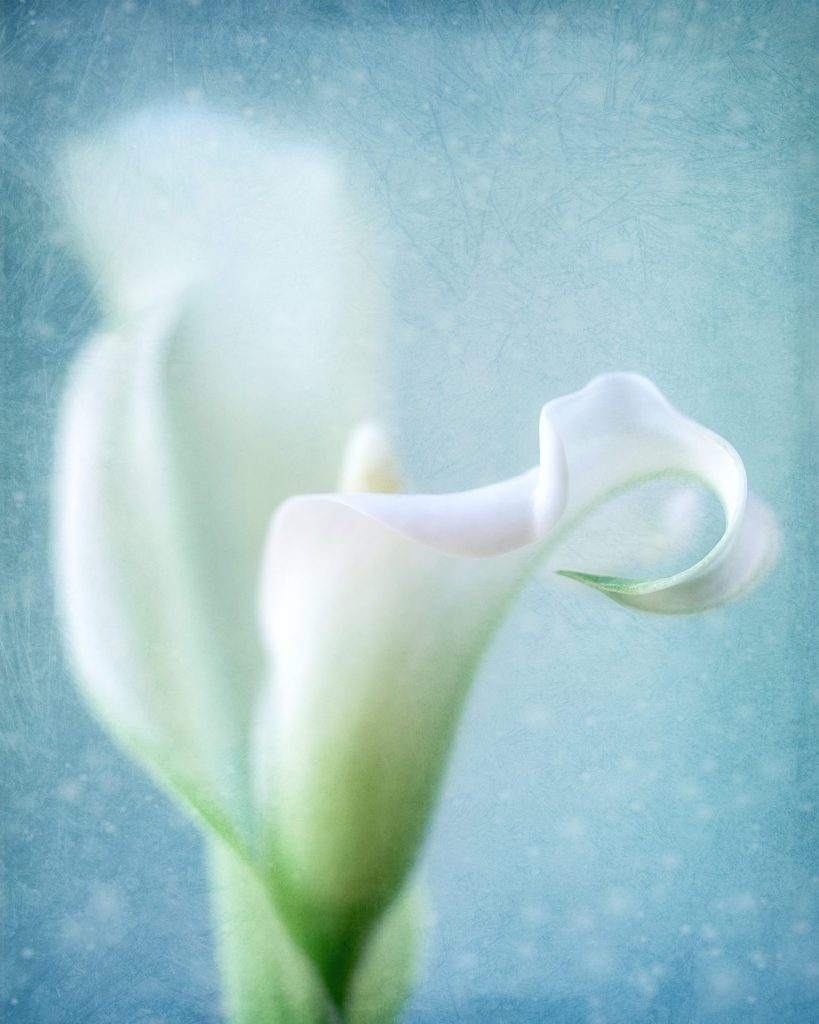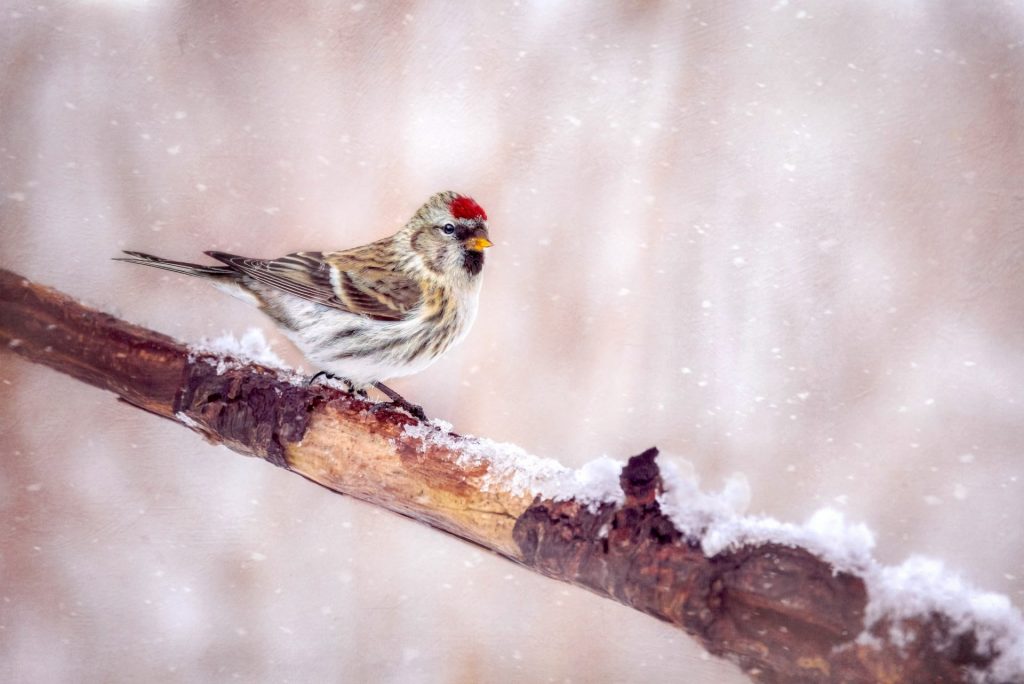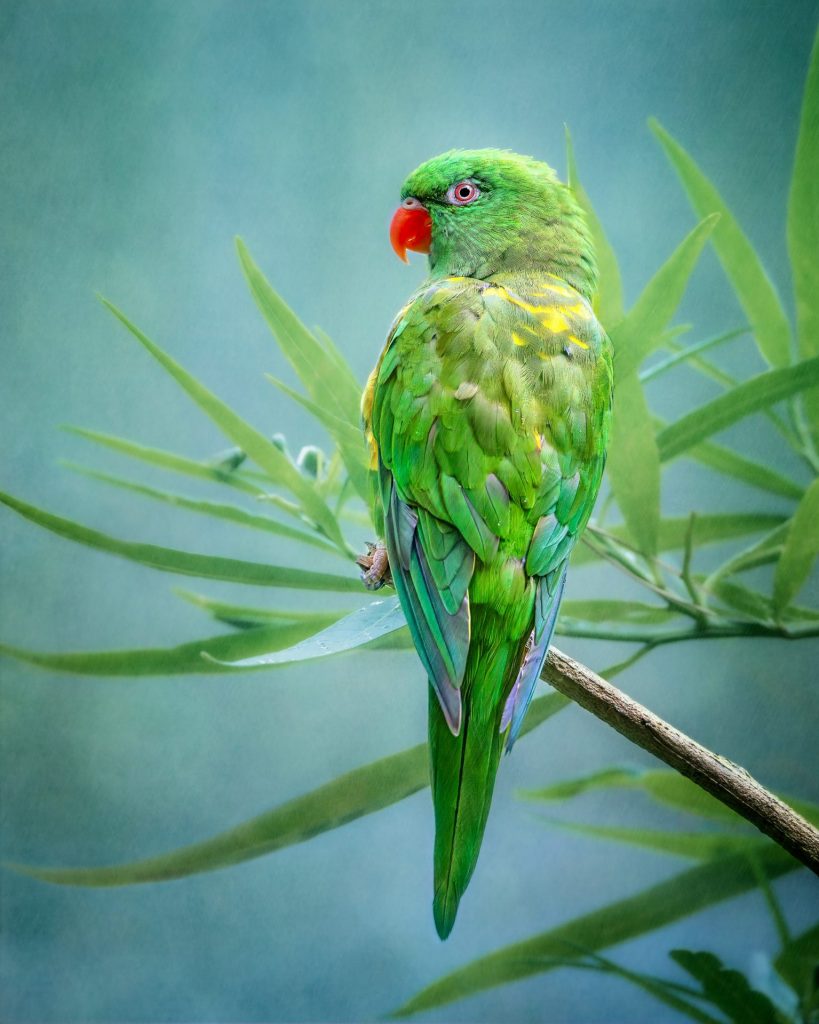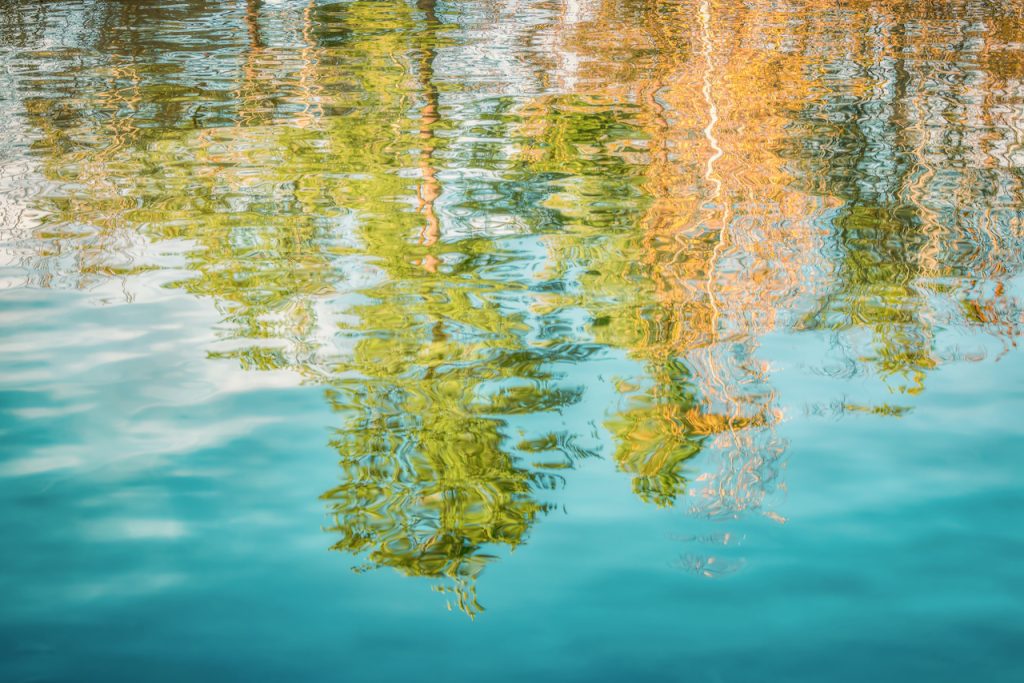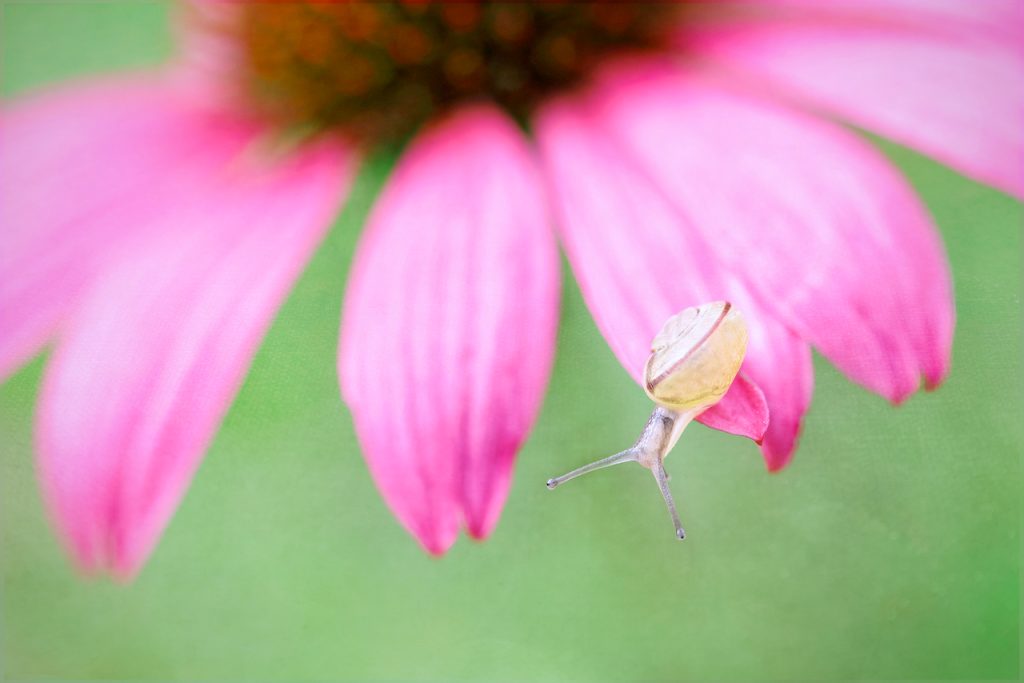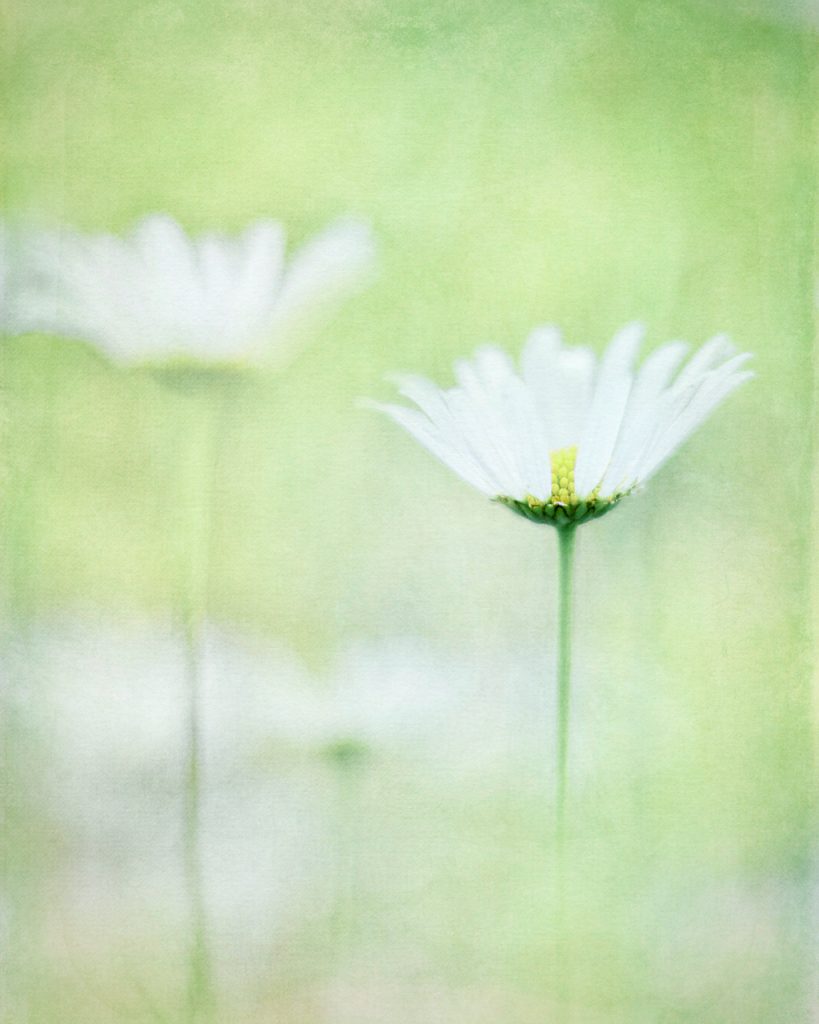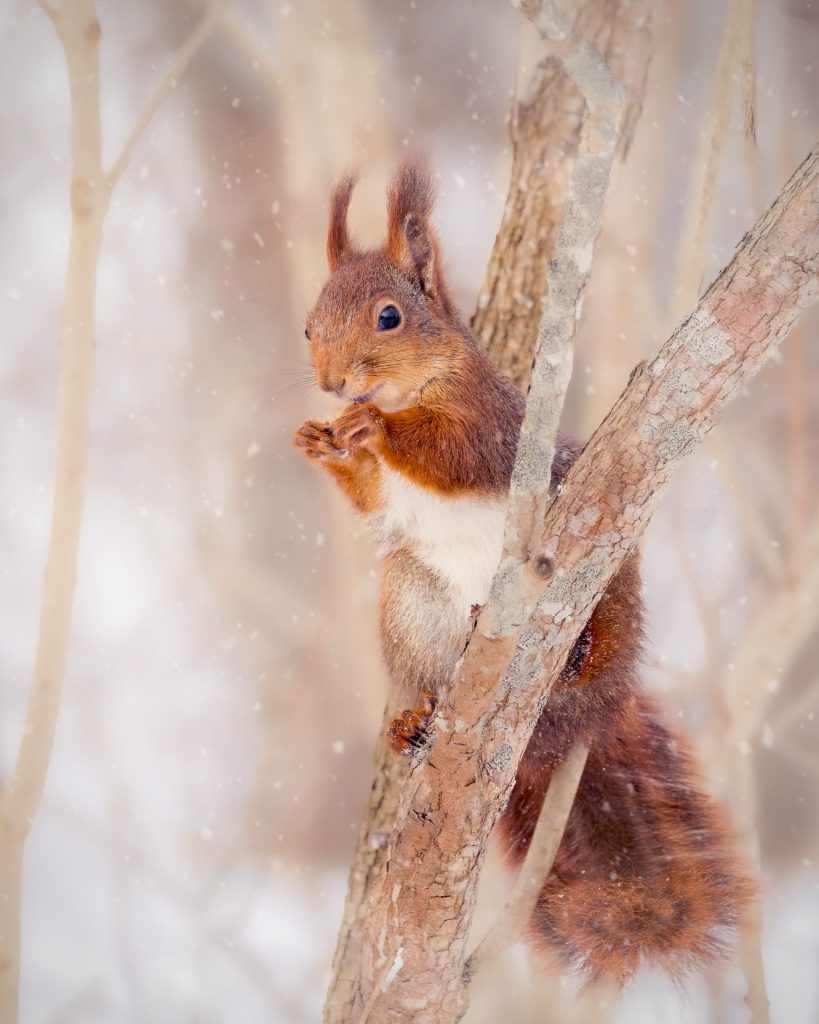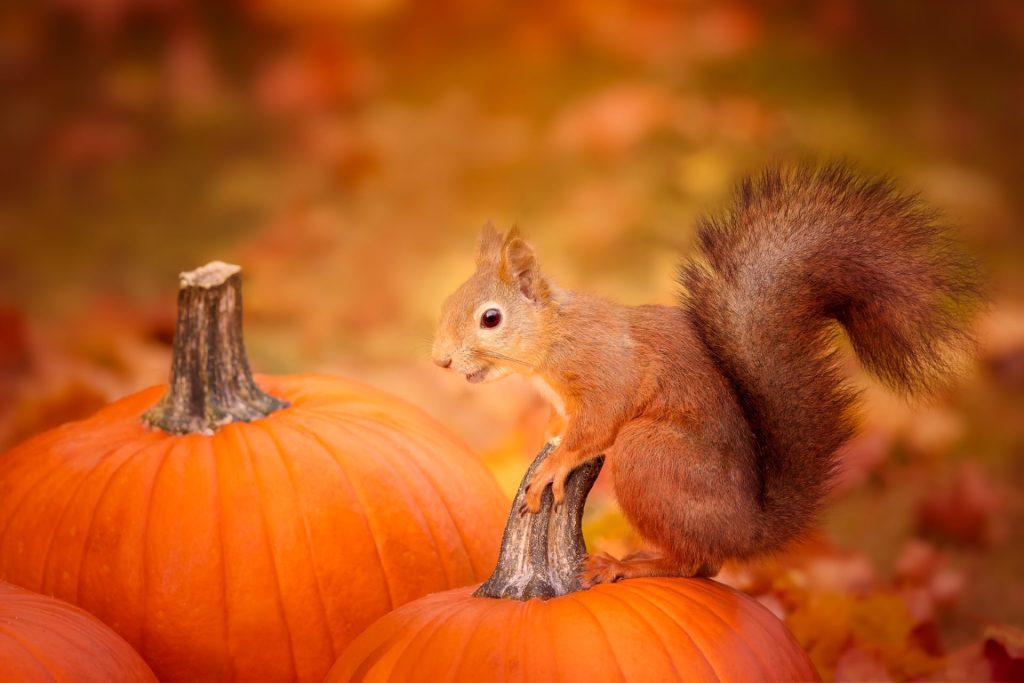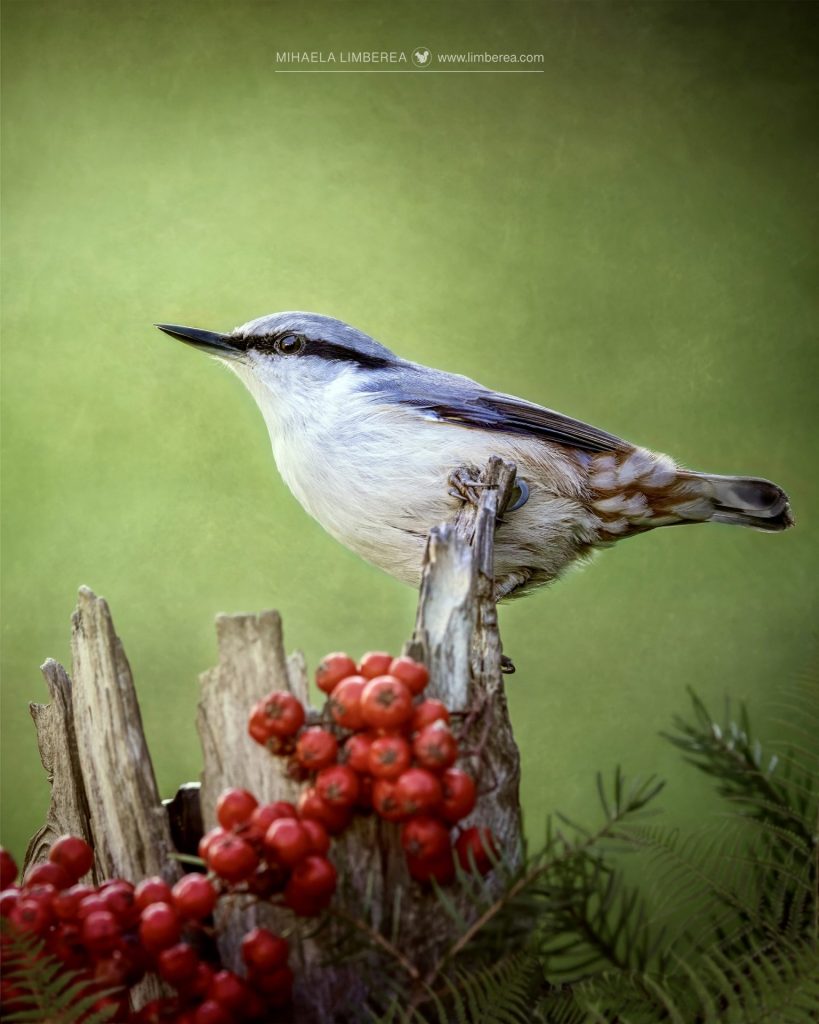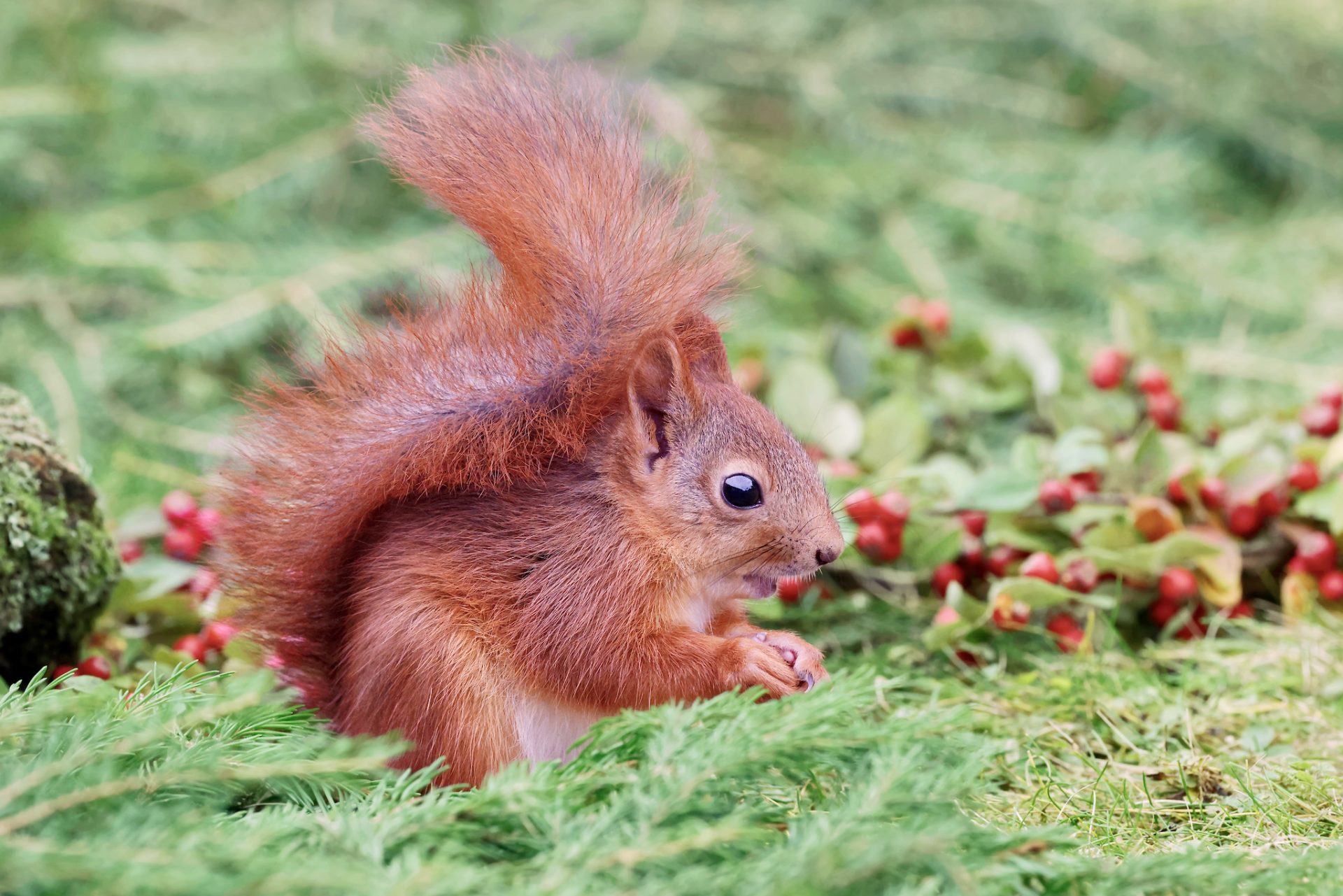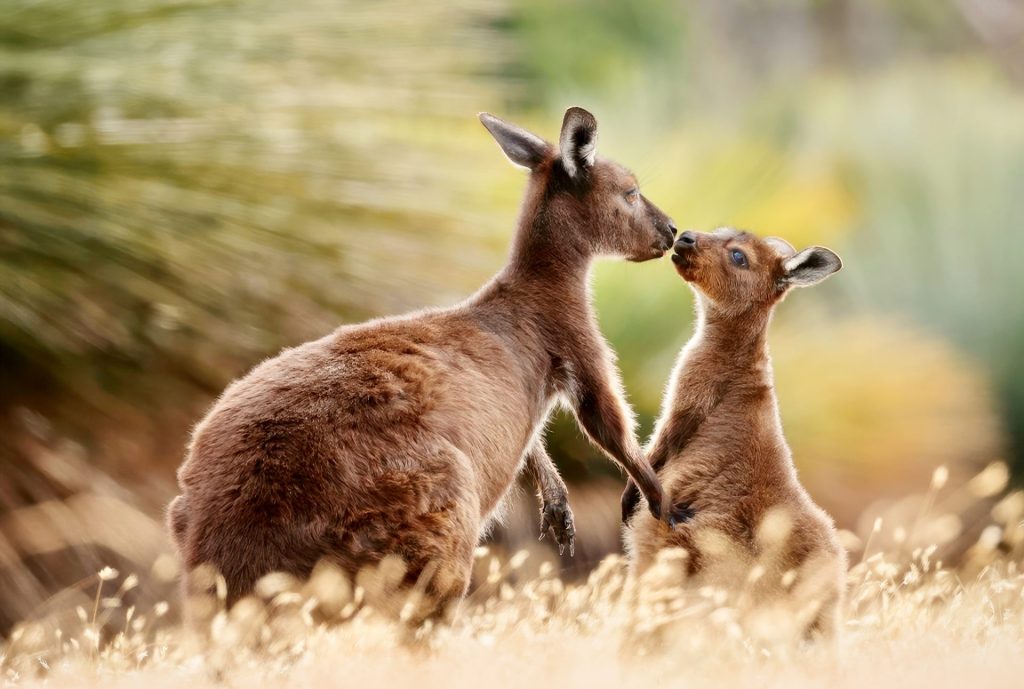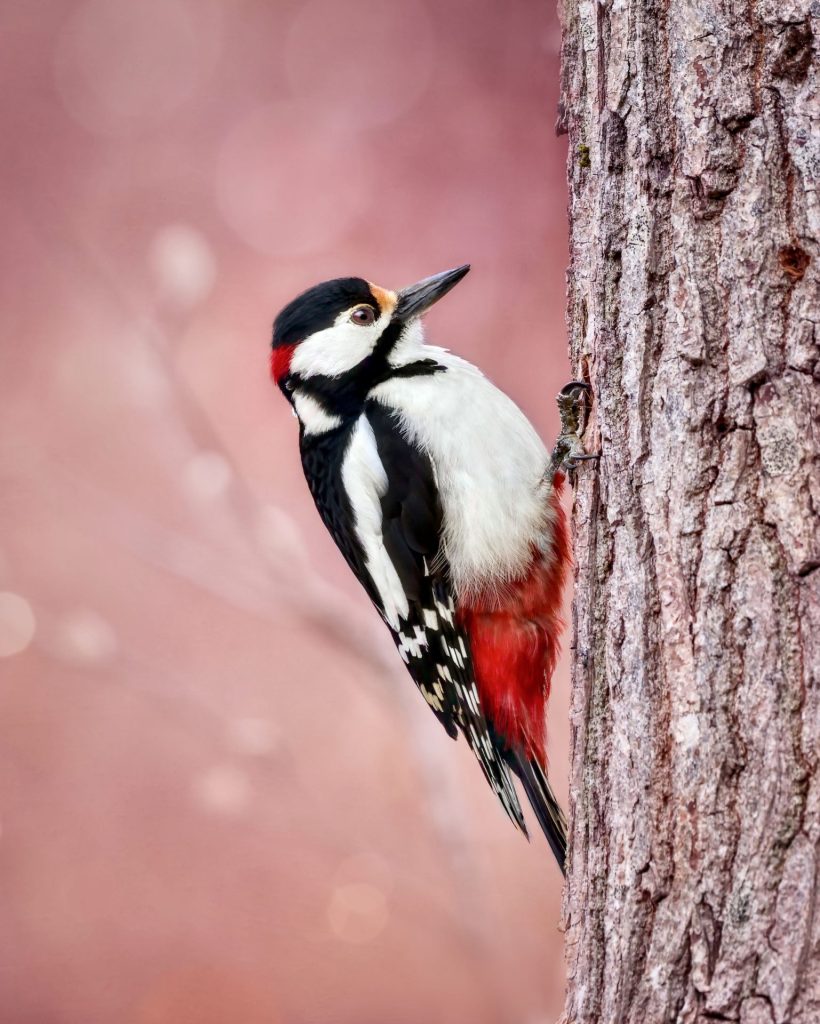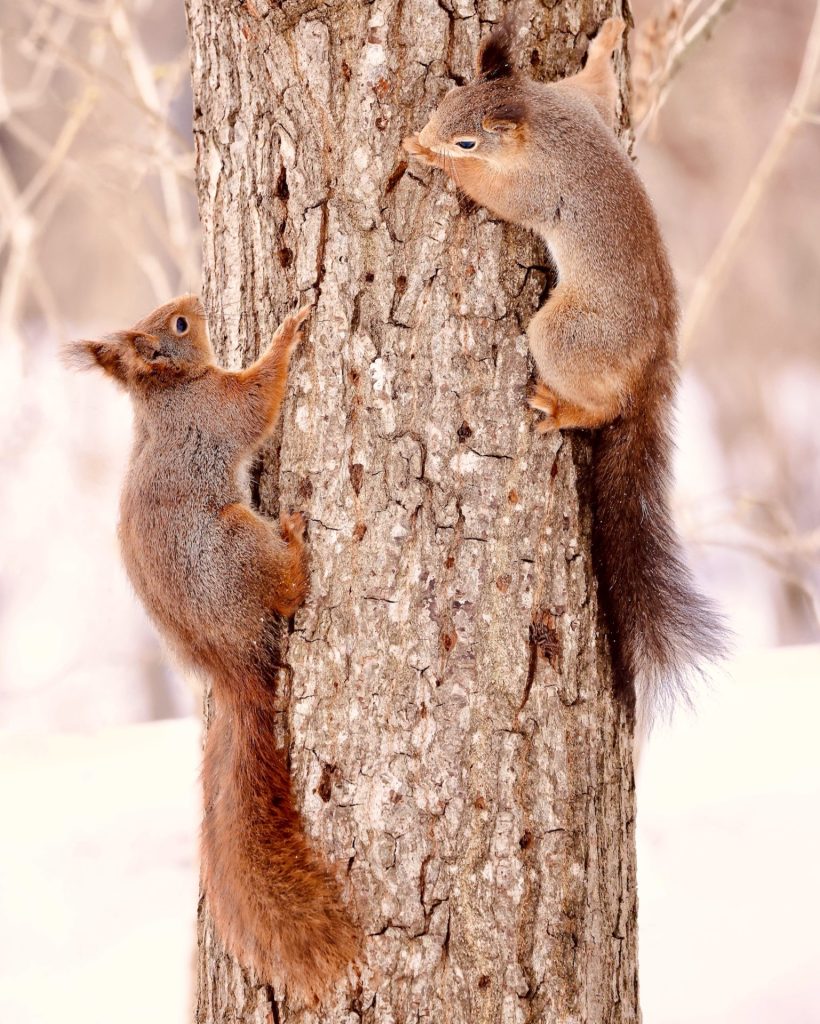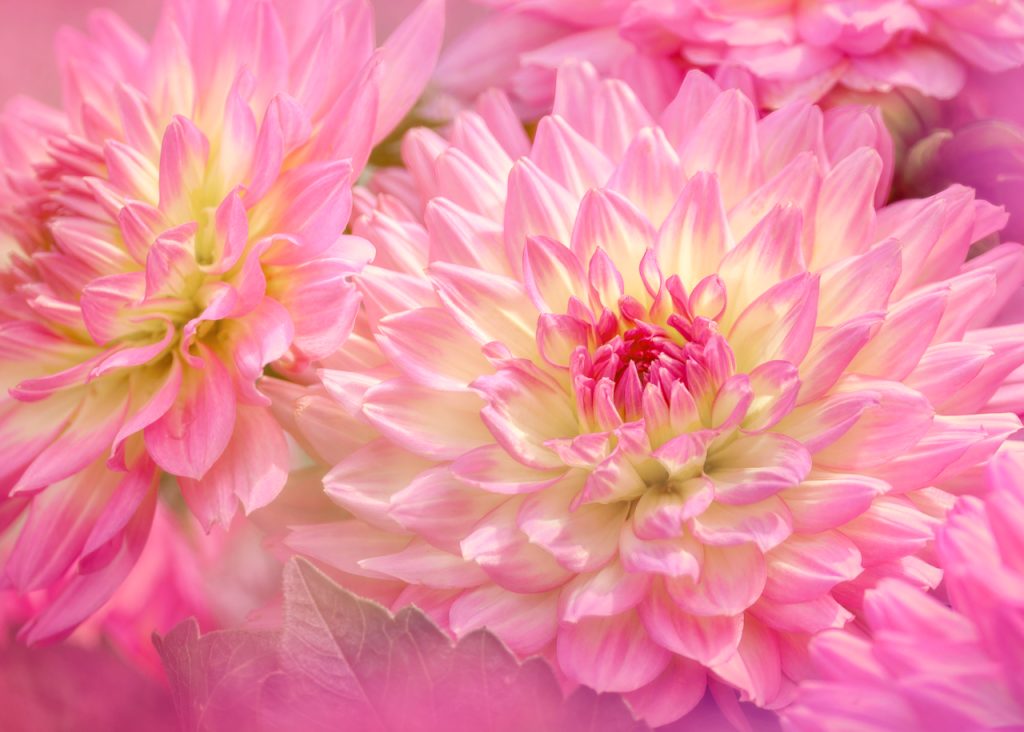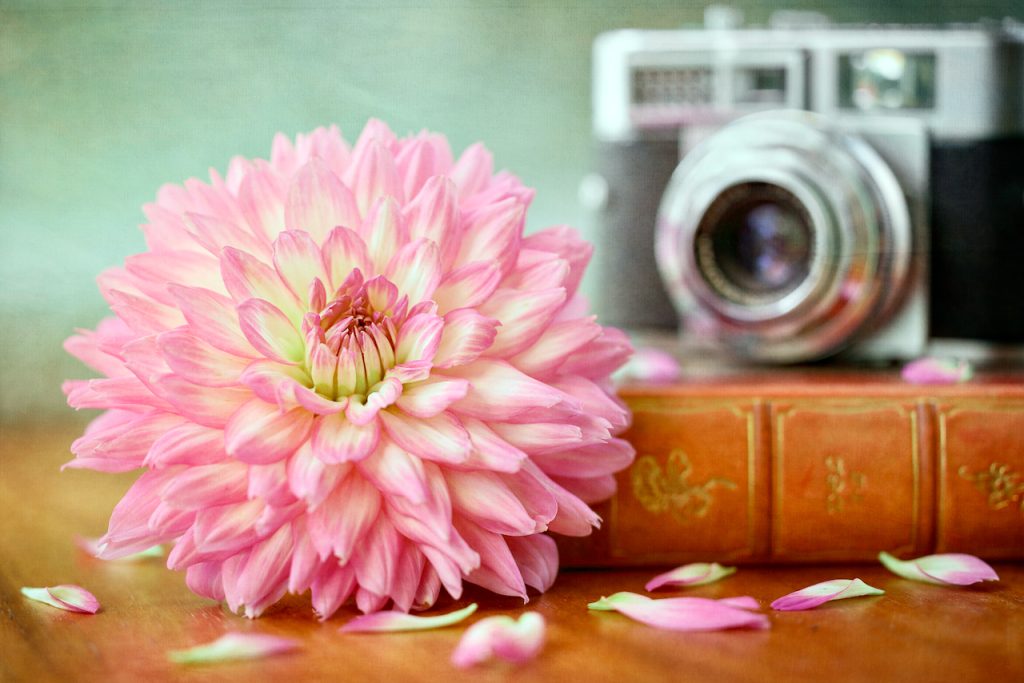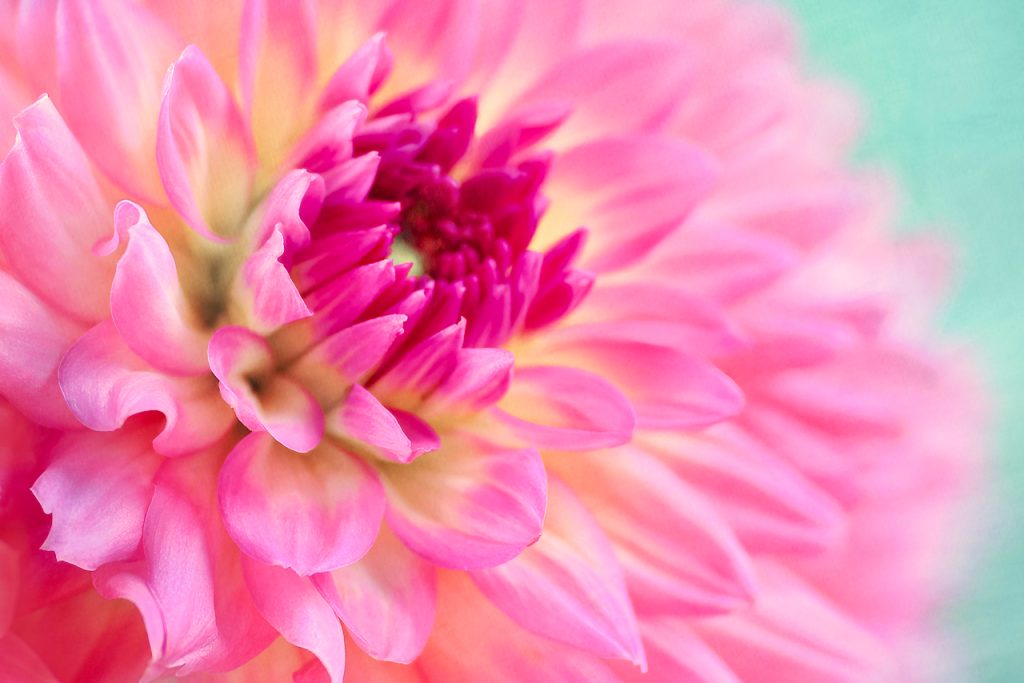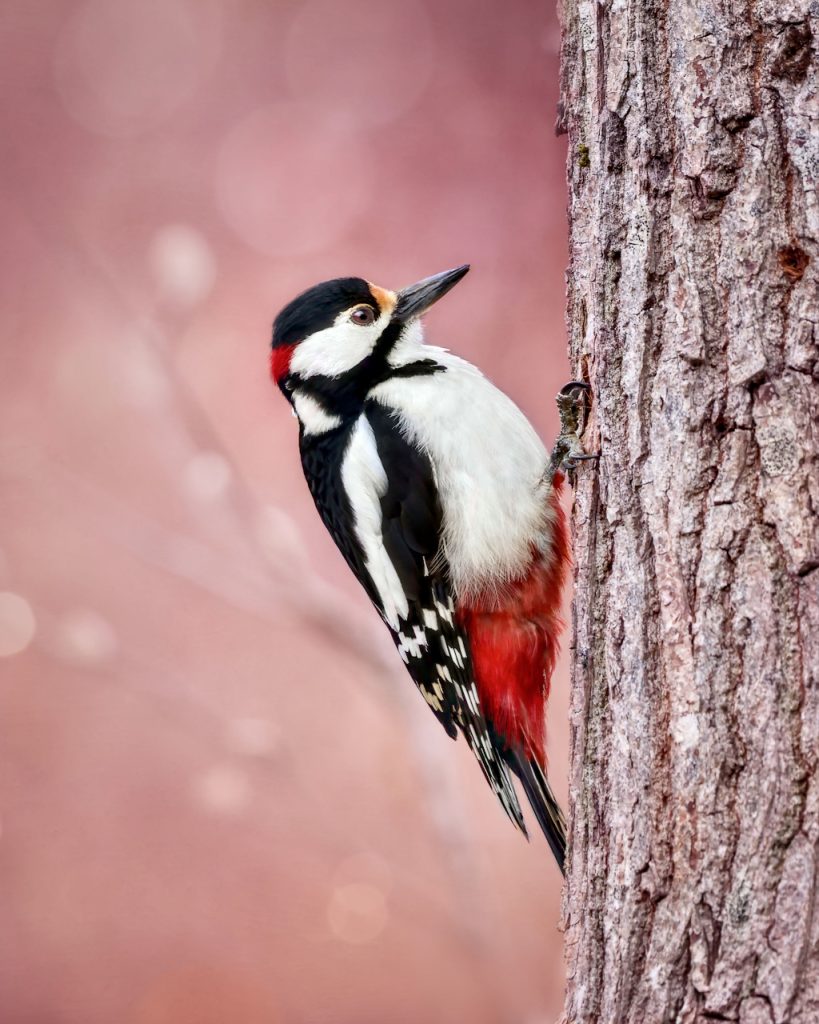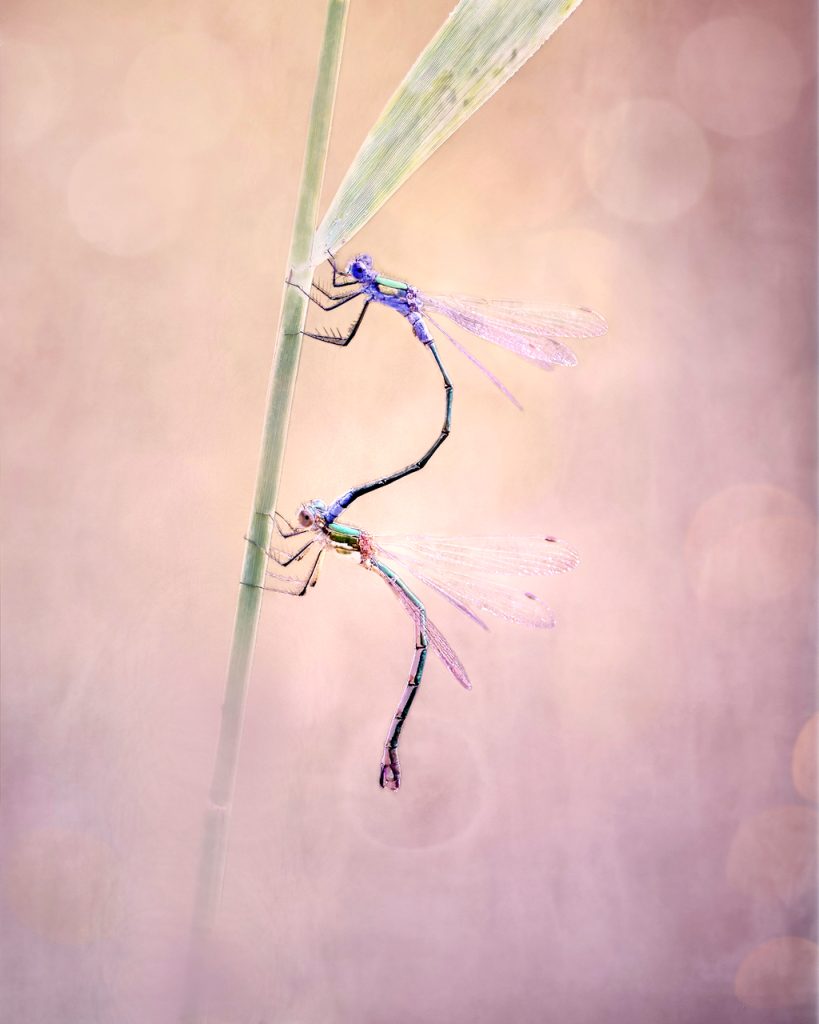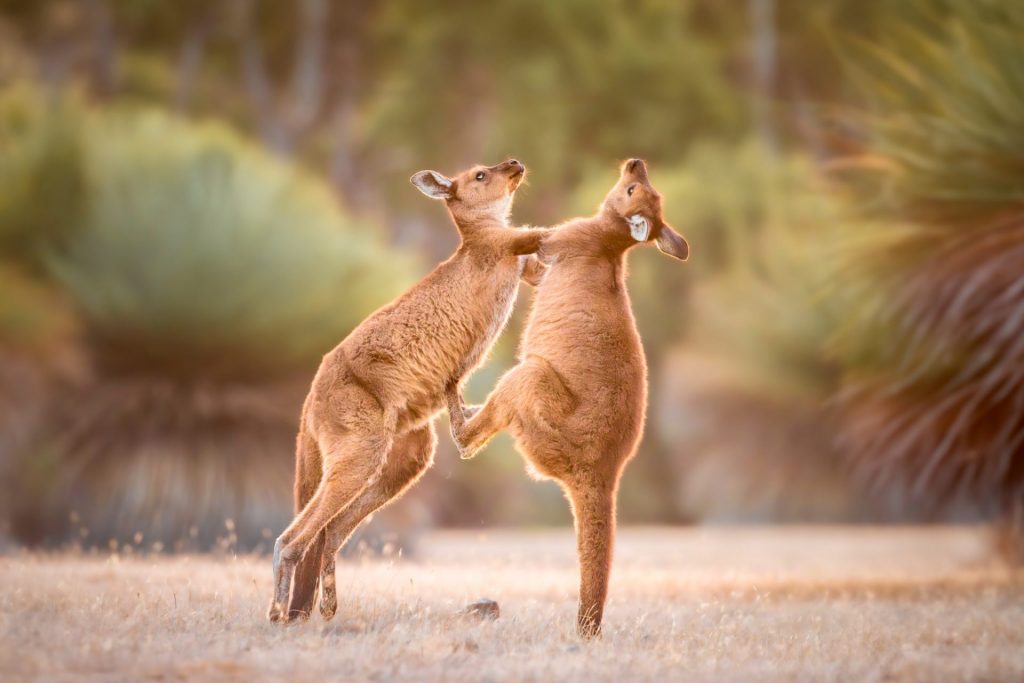
When you and your mate have a disagreement and need to settle it like true Aussies 🇦🇺🥊😂. I always wanted to photograph boxing kangaroos, and one February evening, I was finally lucky enough to find a pair of joeys sparring playfully while the sun was going down. (And the light disappeared quickly; I had to bump up the ISO to 12.800 to freeze the action in low light).
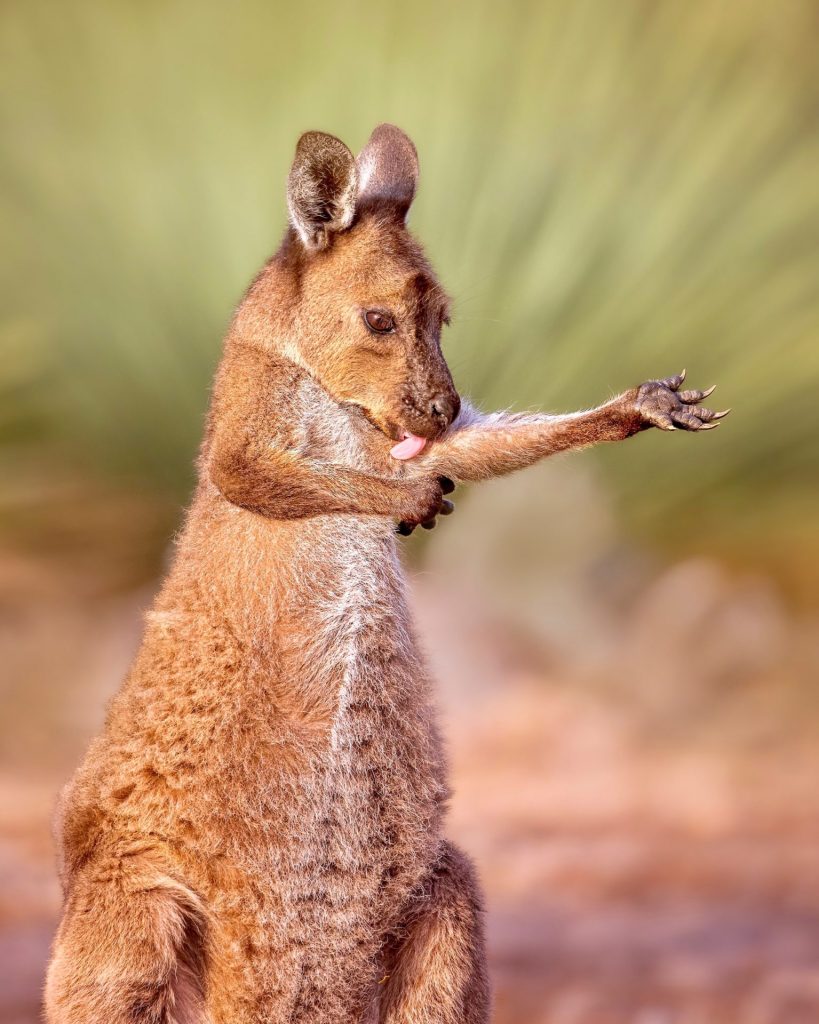
Another joey, grooming itself, same magical evening. So cute!
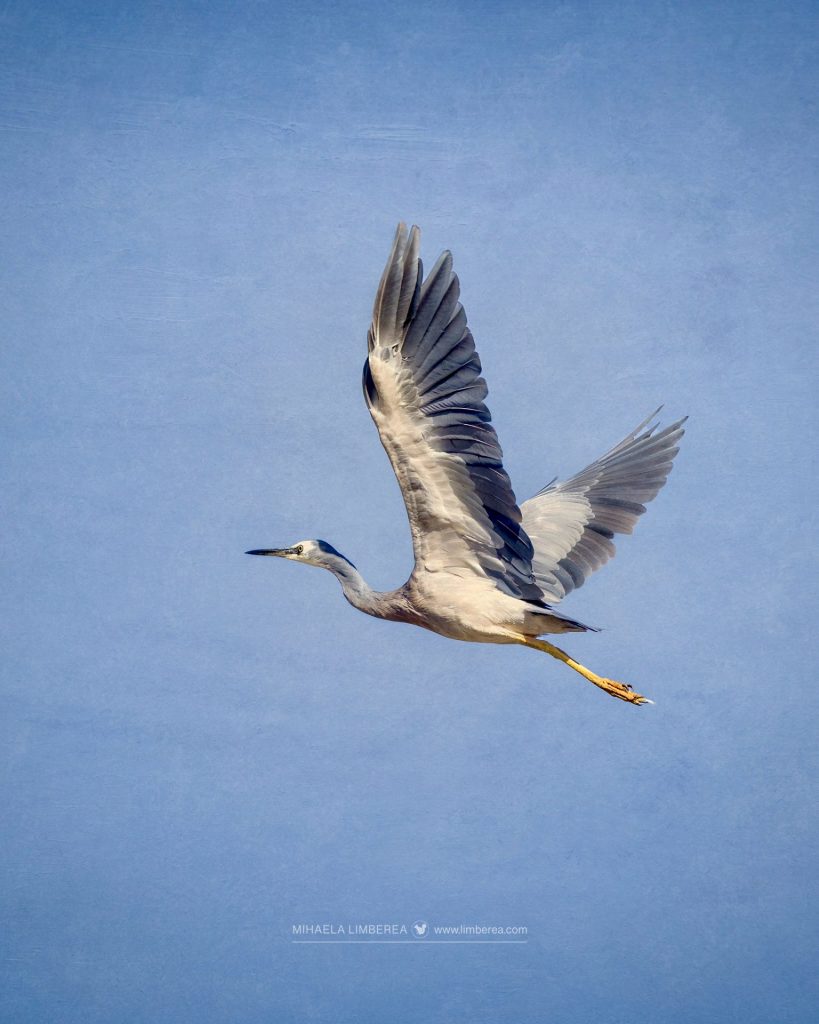
White-faced heron (Egretta novaehollandiae) photographed at the wildlife sanctuary created by Ecopia Retreat on Kangaroo Island, South Australia.
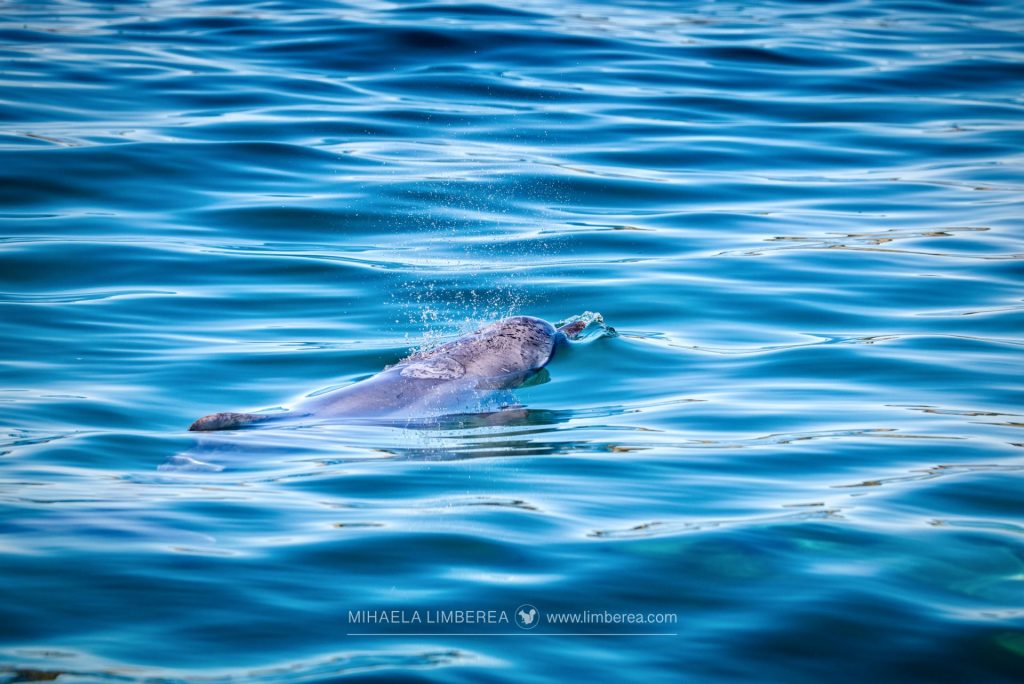
A wild bottlenose dolphin emerges from the sea to breathe, expelling stale air through the blowhole on top of its head before inhaling fresh air.
This is the first time I’ve photographed dolphins, and it took me a while to figure out the best way to do it. Unfortunately, they disappeared before I could perfect my newfound technique. Nevertheless, I’m grateful for this fantastic experience!
Photographed off the North Coast of Kangaroo Island, South Australia.
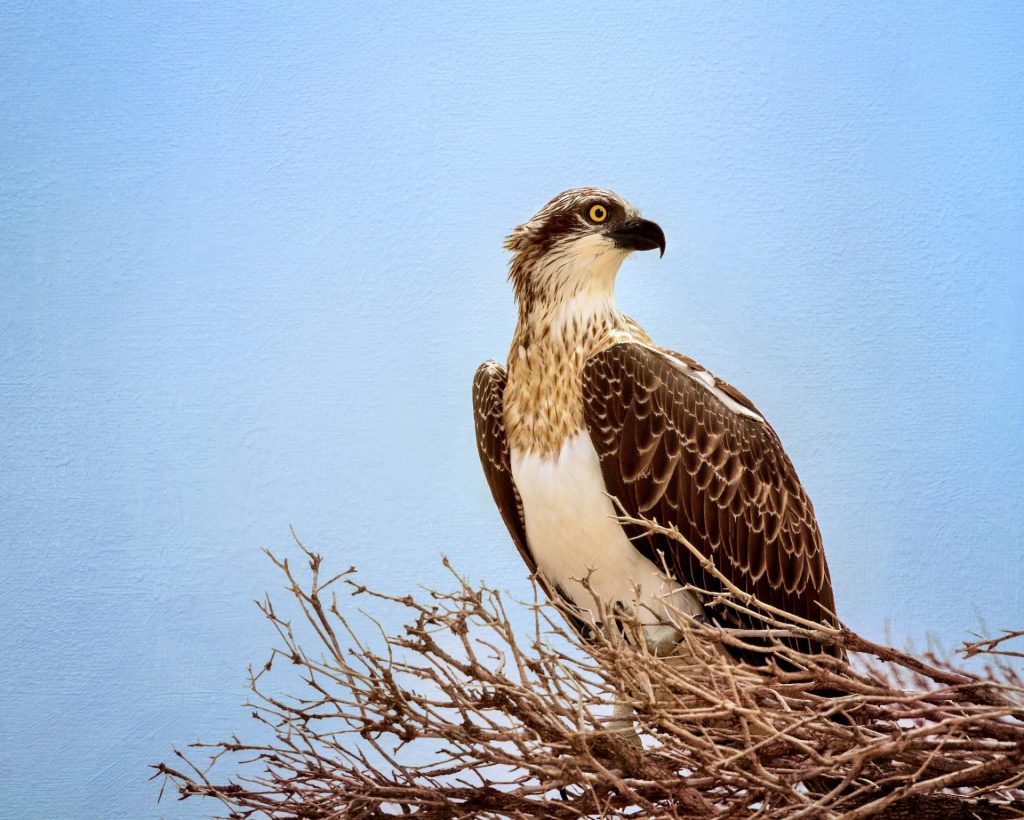
I was fortunate enough to come across this rare eastern osprey (Pandion haliaetus cristatus), also known as the fish hawk, on Hanson Bay beach in Kangaroo Island (South Australia) in February 2024.
Unfortunately, they are a rare sight nowadays. They are listed as vulnerable in South Australia, and only 50 breeding pairs are estimated to be left in the region.
Sadly, human activities such as coastal development and competition for food with fishing production negatively impact their nesting sites and breeding.
I hope you enjoyed these photos; there are more to come next month.
Related Posts
- Favorite Photos: February 2024
- Favorite Photos: January 2024
- My 2023 Favorite Photos
- Favorite Photos: December 2023
- Favorite Photos: November 2023
- Favorite Photos: October 2023
If you liked this post, share it on your preferred social network or forward it to a friend.
